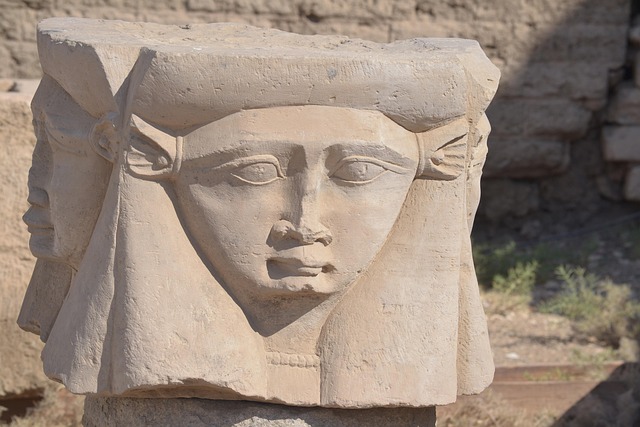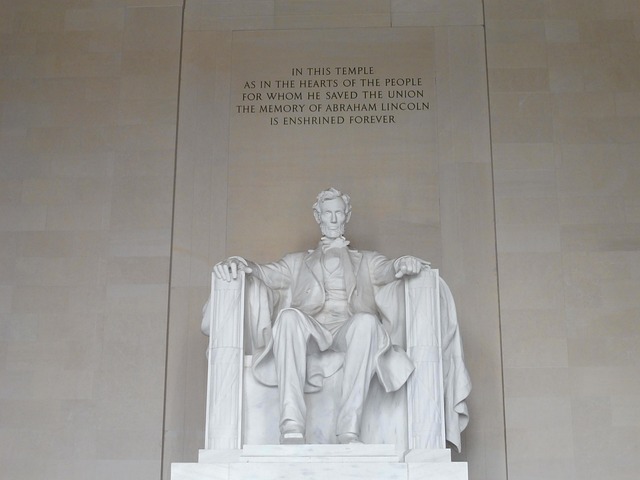The Divine Feminine Power of Hathor: Exploring the Goddess in Ancient Egyptian Religion
The ancient Egyptian pantheon is teeming with powerful deities that embody various aspects of life, death, fertility, and the cosmos. Among these immortal beings, Hathor stands out as a symbol of divine feminine energy, love, and joy. Revered throughout history, Hathor encapsulates the essence of motherhood, music, and sensuality, making her an integral part of Egyptian religion and culture. The deep-rooted feelings surrounding her worship resonate even in the modern world, reminding us of the unyielding strength and nurturing spirit that women can possess.
Often depicted with the head of a cow or adorned with cow horns, Hathor epitomizes nourishment and abundance. She was not merely a goddess to be worshipped; she represented the very foundation of life. In a society that revered fertility, her influence extended beyond the realm of childbirth—Hathor was also the goddess of music and dance, celebrated in festivals that brought people together in joy and harmony. This connection to community, love, and celebration evokes the powerful feminine energy that many seek to channel in their lives today.
Within the context of ancient Egyptian religion, Hathor transcended the mere definition of a goddess. She was seen as a protector of women and children, as well as a guide to the afterlife. Offerings were made in her temples, where women would seek her blessings for fertility, love, and happiness. The rituals associated with her worship were infused with songs and dances, honoring her as the embodiment of artistic expression and emotional well-being. Such celebrations remind us of the importance of embracing our femininity, creativity, and joy in a world that often forgets to pause and celebrate life.
The multifaceted nature of Hathor is another reason that she remains a point of fascination. Connected to the sun and sky, she also represents the duality of motherhood and sexuality. This dual nature provides a comforting understanding of the complexity of women’s roles in both the sacred and secular worlds. In an era still grappling with gender dynamics, Hathor serves as a beacon of empowerment, inspiring women to embrace all facets of their identity—from nurturers to leaders, lovers to creators.
In ancient texts, Hathor was frequently invoked for protection and guidance. Her role as the ‘Mistress of Heaven’ and ‘Lady of the West’ demonstrates her dominion over the metaphysical realm and the afterlife. The idea of a protective mother figure resonates deeply with many, as it offers a sense of security and guidance, not just in the face of death but in everyday experiences as well.
Furthermore, the legacy of Hathor goes beyond temples and deities; it extends to the very practices and beliefs that shape spirituality today. Many modern spiritual paths draw inspiration from her attributes, celebrating the divine feminine and recognizing its power in bringing healing, empowerment, and unity in a fragmented world. The encouragement of women to reclaim their voices and bodies as sacred spaces is a movement very much in line with what Hathor has represented for millennia.
The deep connections we have with figures like Hathor reflect not only our cultural histories but also the universal truths of love, happiness, and nurturing care. By exploring and honoring these divine feminine energies, we can inspire a collective awareness that celebrates strength in vulnerability, community in joy, and the harmony that comes from celebrating life itself.




